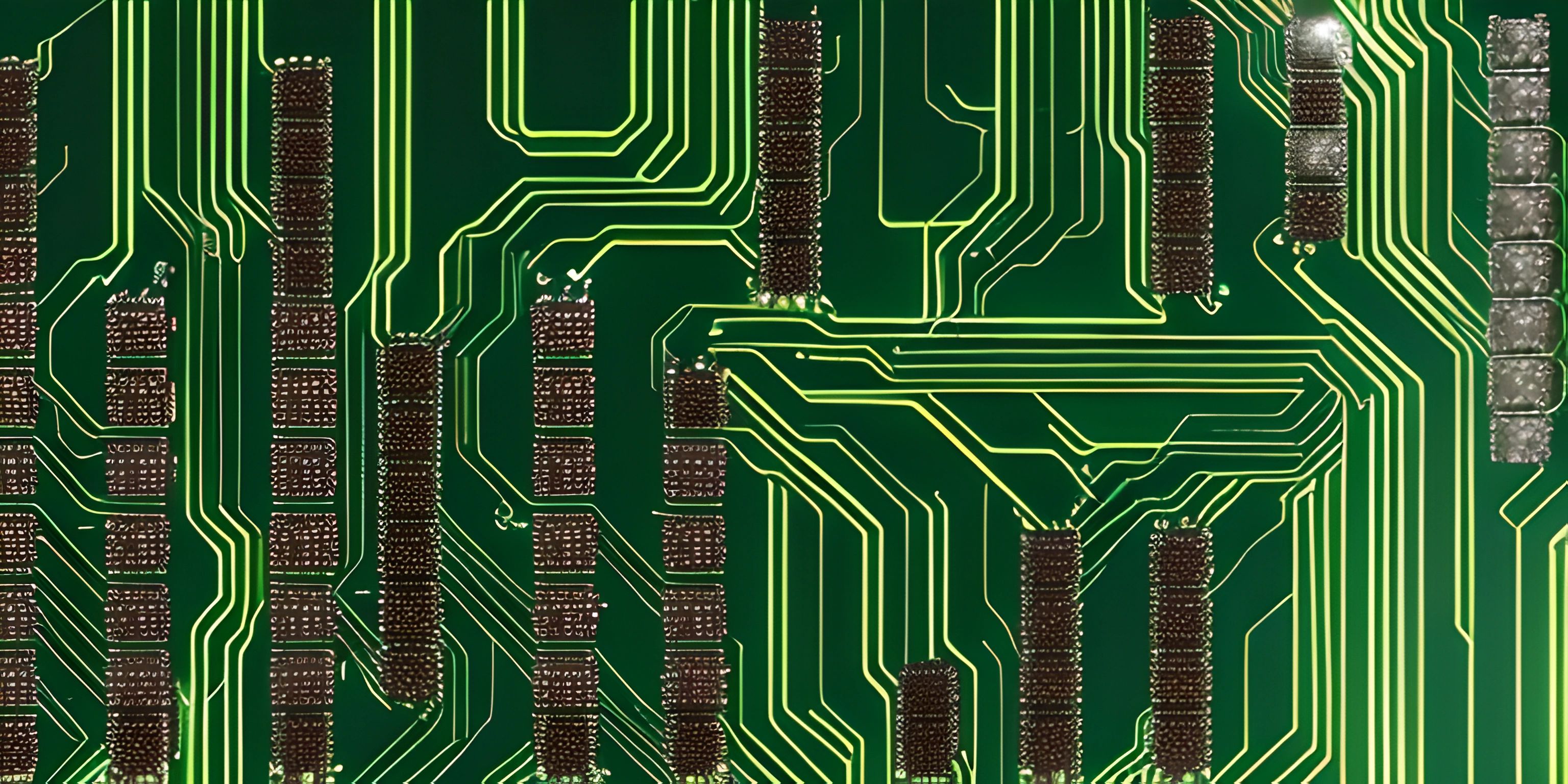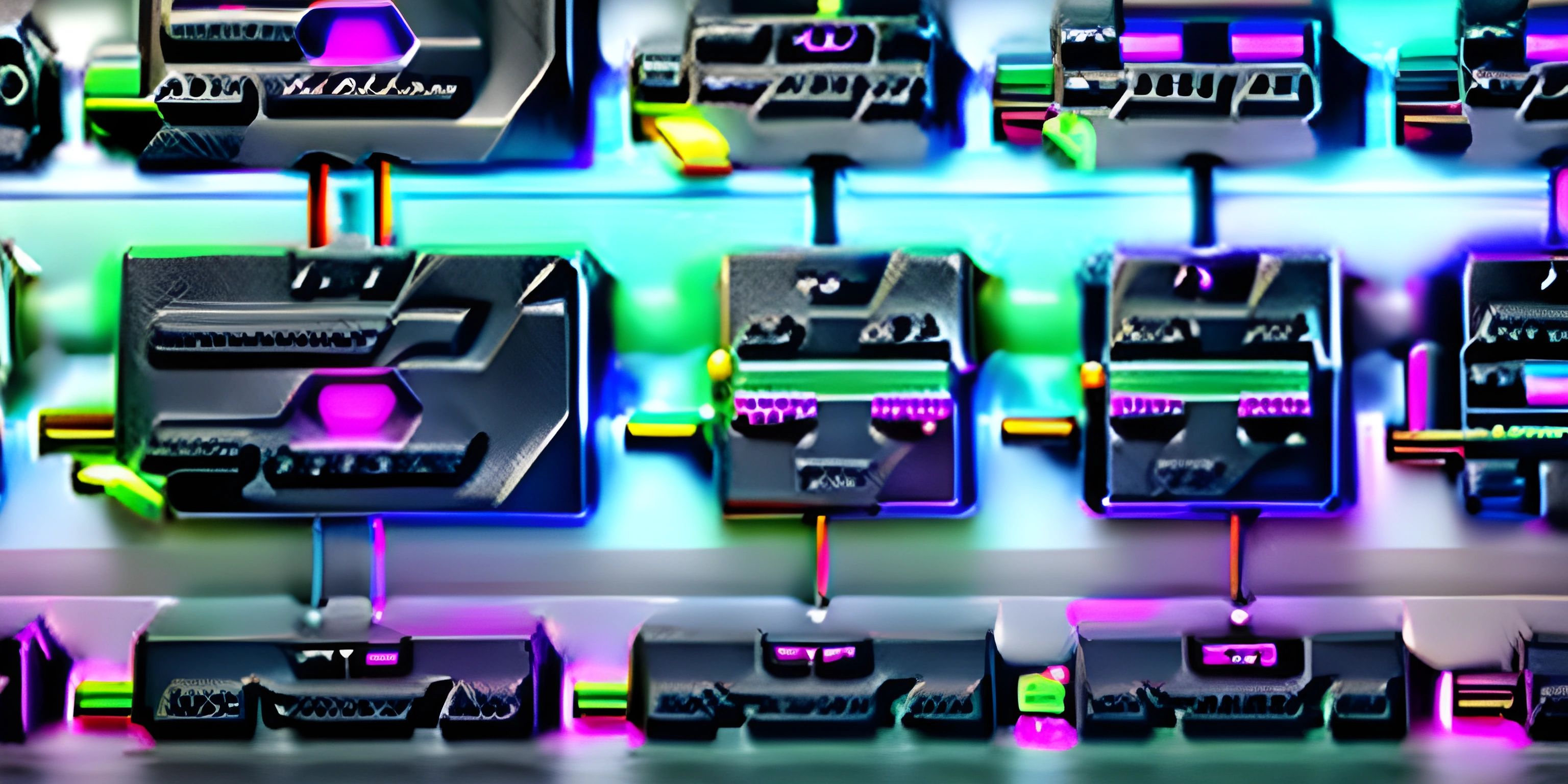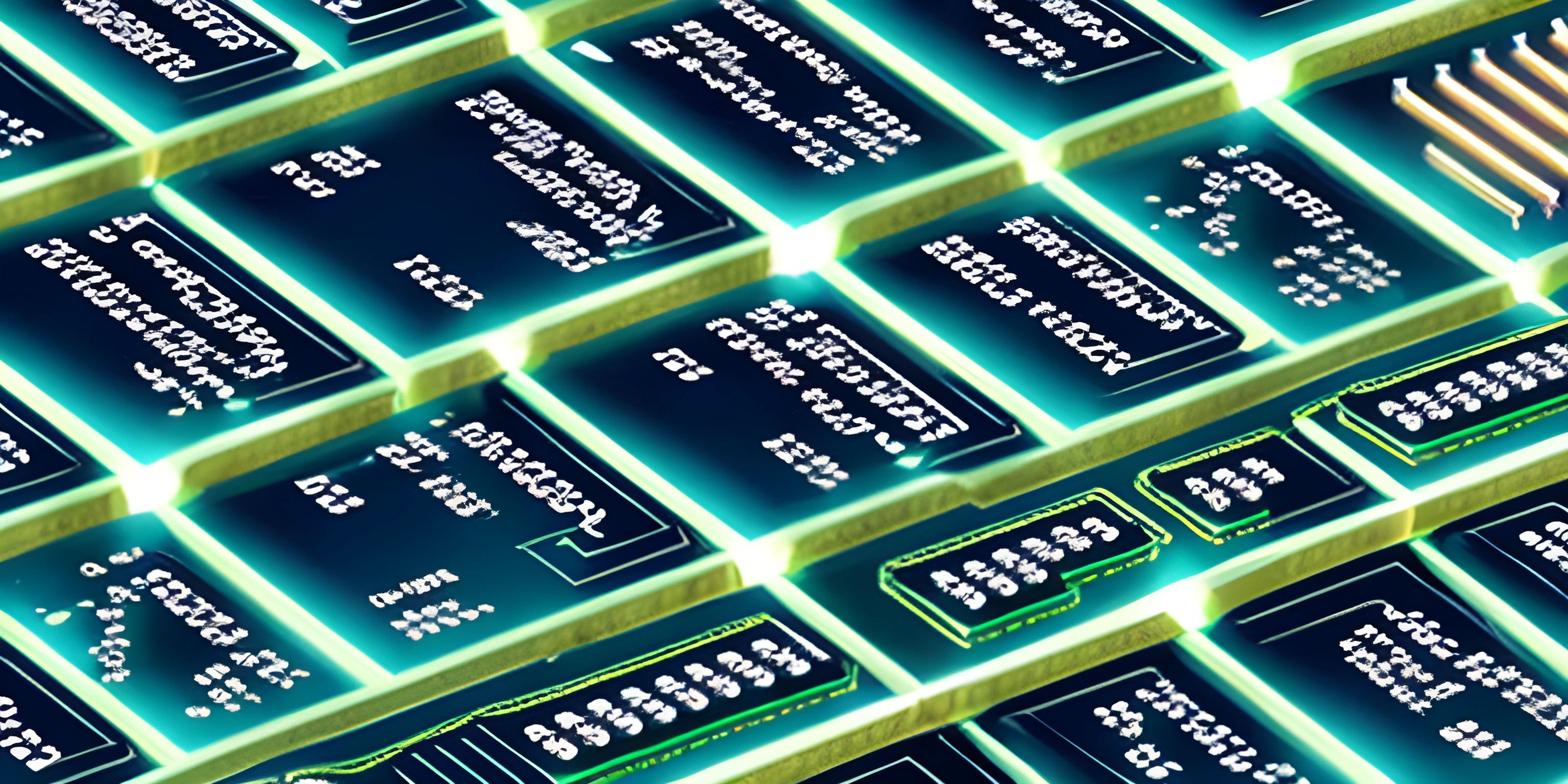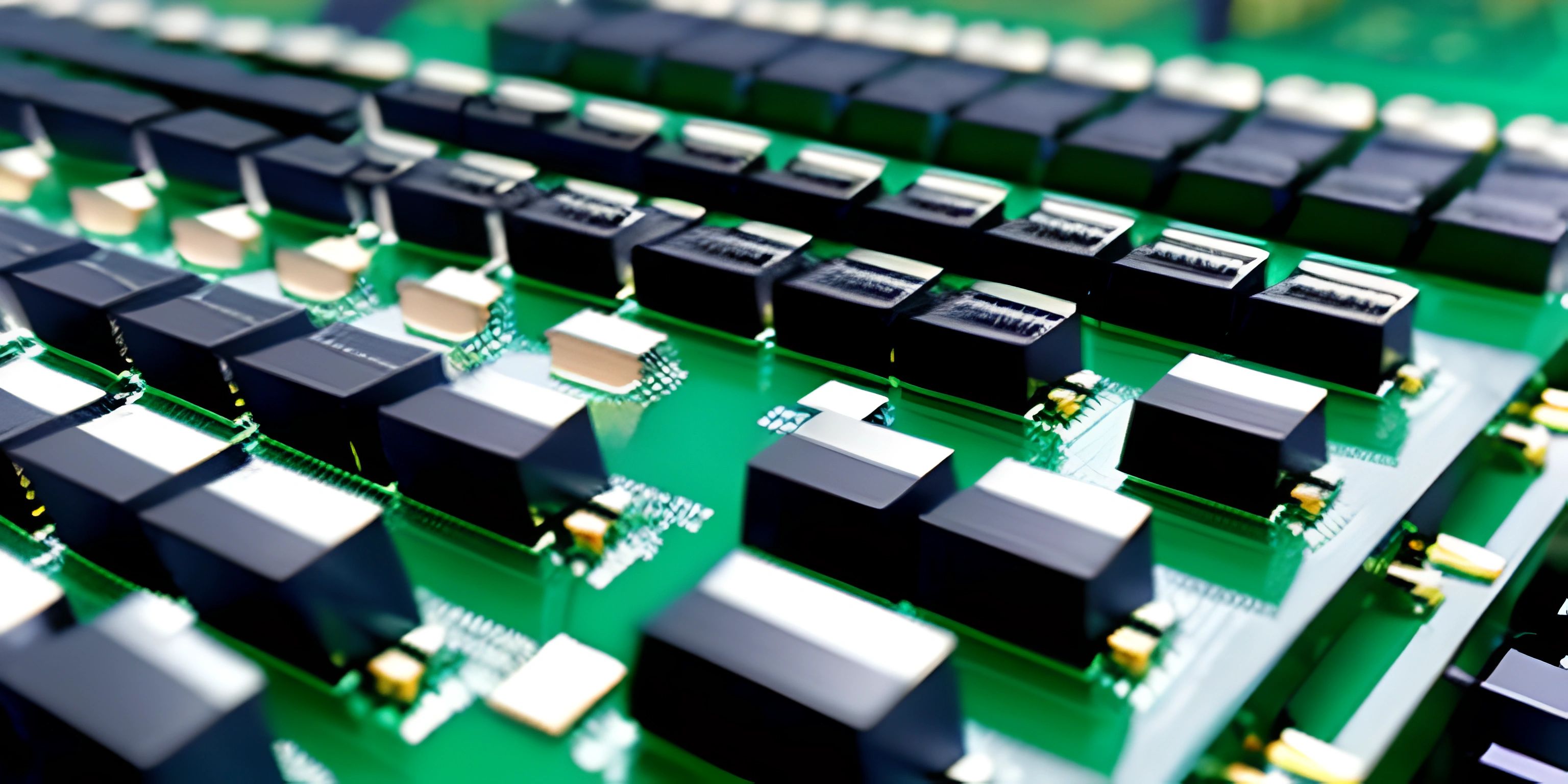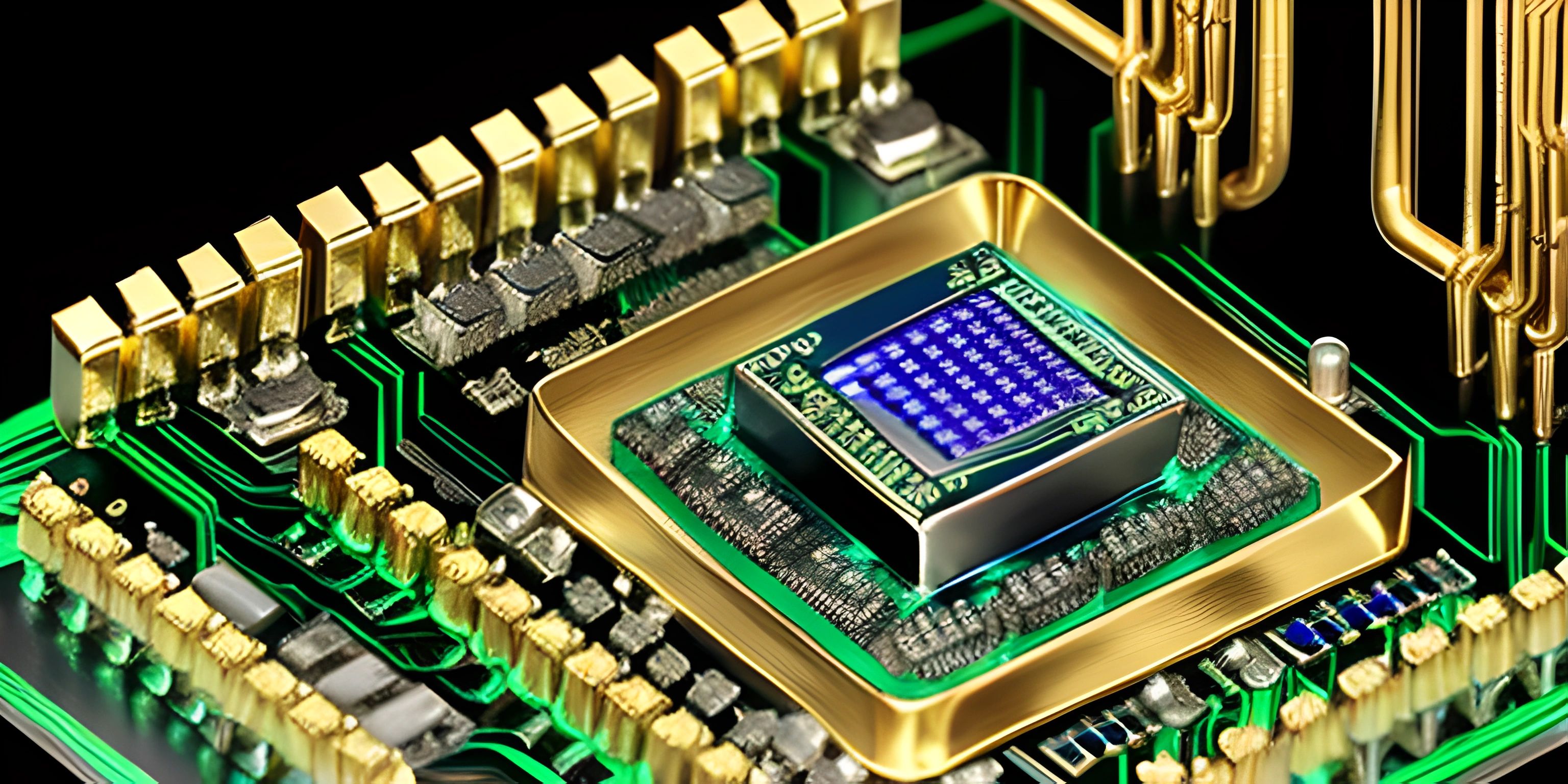Random Access Memory (RAM)
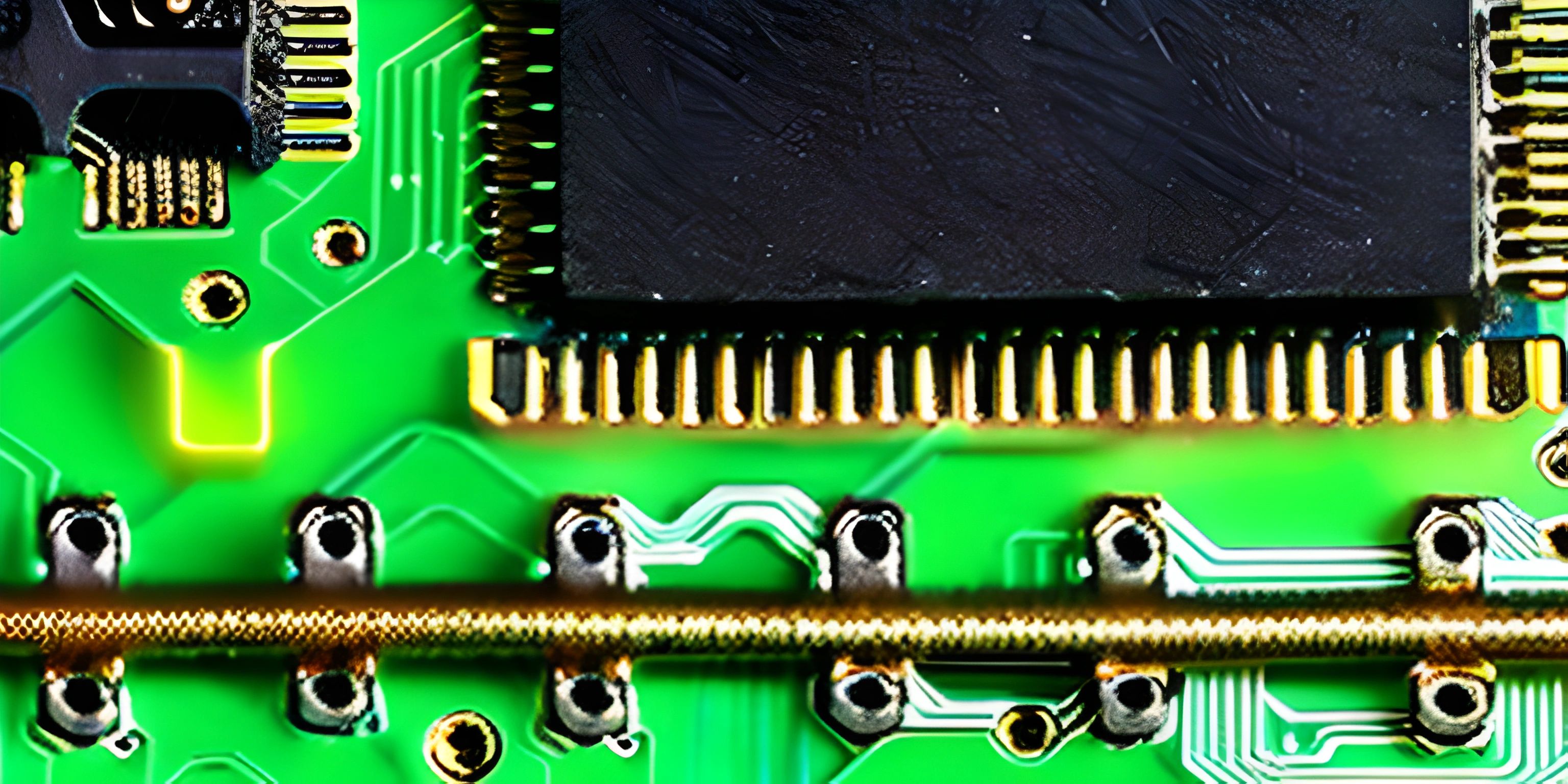
Note: this page has been created with the use of AI. Please take caution, and note that the content of this page does not necessarily reflect the opinion of Cratecode.
Random Access Memory, or RAM, is the powerhouse behind the scenes that helps your computer run efficiently. Think of RAM as your computer's short-term memory – it's where your system temporarily stores data needed for the tasks you're working on. The more RAM you have, the more data your computer can juggle at once, resulting in smoother multitasking and faster performance.
How RAM Works
RAM consists of memory cells that store bits of data. Each memory cell can be accessed directly, which means the time it takes to retrieve the data is independent of the location within RAM. This is what makes RAM "random access" – the accessibility of data is not affected by its position in memory.
Let's take a book as an analogy. Imagine you're looking for information in a book, and you know the exact page number. With RAM, it's like opening the book directly to the page you need, without having to flip through from the beginning or the end. This quick access to data is what makes RAM so essential to computing.
Types of RAM
There are two primary types of RAM: Static RAM (SRAM) and Dynamic RAM (DRAM). Both serve the same purpose, but they differ in their underlying technology.
Static RAM (SRAM)
SRAM is the faster and more expensive of the two types. It uses flip-flops to store data, which means that it doesn't require constant refreshing to maintain the data. The speed and stability of SRAM make it an ideal choice for high-performance applications, such as CPU caches.
Dynamic RAM (DRAM)
DRAM is slower, more affordable, and more commonly found in consumer devices. Unlike SRAM, DRAM uses capacitors to store data, which means it must be refreshed regularly to maintain the stored information. This constant refreshing process slows down DRAM, but its lower cost and higher storage density make it suitable for most personal computers and devices.
The Importance of RAM in Computing
RAM plays a crucial role in a computer's performance. When you open an application or load a file, your computer relies on RAM to store the relevant data, allowing the CPU to access and process it quickly. If you run out of RAM, your computer will start using the hard drive as a temporary storage space, which is significantly slower, resulting in poor performance and sluggish response times.
Having sufficient RAM is essential for multitasking, gaming, video editing, and other resource-intensive tasks. Upgrading your RAM can significantly improve your computer's performance and extend its lifespan.
In conclusion, Random Access Memory (RAM) is a vital component in computing systems that temporarily stores data for quick retrieval and execution. By understanding the differences between SRAM and DRAM, as well as the importance of RAM in your computer's performance, you can make informed decisions about upgrading or purchasing new hardware.
Hey there! Want to learn more? Cratecode is an online learning platform that lets you forge your own path. Click here to check out a lesson: Rust - A Language You'll Love (psst, it's free!).
FAQ
What is RAM and why is it important in computing?
RAM, or Random Access Memory, is a type of volatile memory that stores data temporarily while a computer is running. It allows the processor to access data quickly, which is essential for smooth functioning and efficient multitasking. RAM is important because it directly affects the speed and performance of a computer. The more RAM a system has, the more applications and tasks it can handle simultaneously, resulting in better overall performance.
How does RAM differ from other types of memory, like ROM and hard drives?
RAM is a type of volatile memory, meaning it only stores data while the computer is powered on. Once the power is off, all data in RAM is lost. On the other hand, ROM (Read-Only Memory) and hard drives are non-volatile storage, meaning they can retain data even when the power is off. Additionally, RAM allows quick read and write access, making it ideal for temporarily storing data during processing, while ROM and hard drives are better suited for long-term storage.
What are the different types of RAM, and how do they compare?
There are two main types of RAM: DRAM (Dynamic RAM) and SRAM (Static RAM).
-
DRAM: This is the most common type of RAM used in personal computers. It stores data in memory cells that consist of a transistor and a capacitor. DRAM needs to be refreshed constantly to retain data, which makes it slower than SRAM. However, it's less expensive to produce and can store more data in a smaller space.
-
SRAM: This type of RAM is faster and more reliable than DRAM, as it doesn't require constant refreshing. SRAM stores data in memory cells using flip-flops, which allow for faster access times. However, it's more expensive to produce and consumes more power.
How do I determine how much RAM my computer has and if I need to upgrade?
To check the amount of RAM installed on your computer, follow these steps: For Windows:
- Right-click on the taskbar and select "Task Manager."
- Click on the "Performance" tab.
- You will see the total amount of RAM installed under the "Memory" section. For macOS:
- Click on the Apple icon in the top left corner of the screen.
- Select "About This Mac."
- The total amount of RAM installed will be displayed under the "Memory" section. If you find that your computer is slow or struggles with multitasking, you may need to upgrade your RAM. Also, consider the minimum and recommended RAM requirements for the software and games you use to determine if an upgrade is necessary.
Can I install additional RAM in my computer, or do I need a professional to do it?
Installing additional RAM in your computer is usually a simple process that you can do yourself. However, it's essential to make sure you purchase the correct type of RAM that's compatible with your system. You can find this information in your computer's documentation or by searching online. Once you have the right RAM, follow these general steps:
- Turn off your computer and unplug it from the power source.
- Open the computer case, following the manufacturer's instructions.
- Locate the RAM slots on the motherboard.
- Press down on the tabs located on either side of the RAM slot to release any existing RAM module.
- Align the notches on the new RAM module with the notches on the slot and gently push down on the module until the side tabs click into place. If you're unsure or uncomfortable with the process, it's best to consult a professional for assistance.

